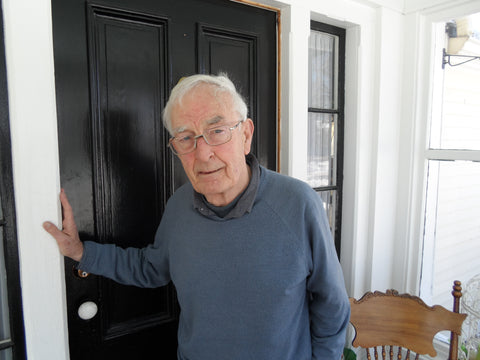George Thomas Taylor (1838-1913) was a Fredericton-born photographer whose work offers a fascinating glance into nineteenth-century New Brunswick. For the first time ever, a curated collection of his photos will be represented in a book to be published September 24th. Here is a great introductory course on Ronald Rees and Joshua Green's Slow Seconds: The Photography of George Thomas Taylor.
This book will be launched in Saint John at the public library on November 7th at 7pm.
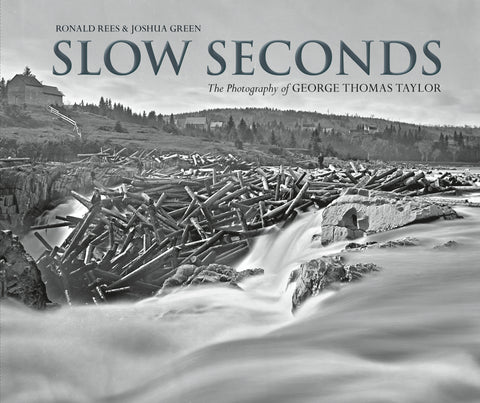
According to ArchivesCANB, George Thomas Taylor was born in Fredericton on the 6th of September, 1838, where he lived in a home built by his father until Taylor's photography career took him across the province.
Clearly a talented young man, Taylor was commissioned in 1863 by Arthur Hamilton Gordon, New Brunswick's last colonial lieutenant governor, to document various provincial locations. Taylor set off and delivered, capturing photos of all the province had to offer.
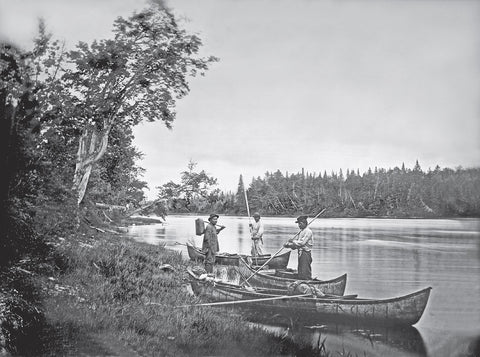
The focus of Taylor's photos was New Brunswick, which provided a large variety of subjects to work with. Taylor enlisted the help of Indigenous guides whose knowledge and expertise gave him access to parts of the province most had never visited. Travelling in birchbark canoes and sleeping in lean-tos, Taylor captured images of New Brunswick's wildlife and popularized the outdoors as a venue for canoeing, hunting, and fishing.
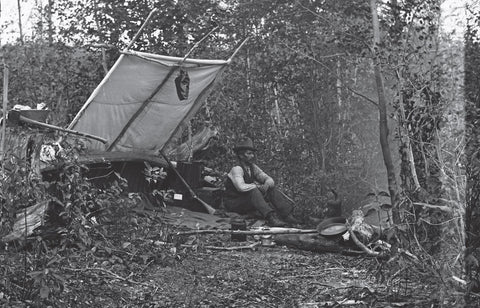
Alongside his nature photos, Taylor photographed farm life on the floodplains, the Saint John River valley, and the daily life of Frederictonians.
The expansion of railways in the province was also an important subject for Taylor. His photos capture the construction of Fredericton's railway bridge, which has since been converted into the Bill Thorpe Walking Bridge. To this day, the bridge is a popular destination for biking and walking throughout the seasons.
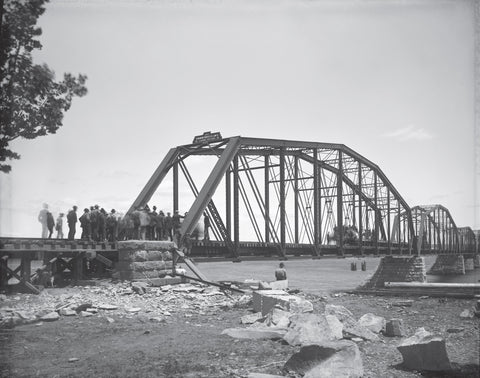
Taylor entered upon the photography scene during a time of change. Photographers were focusing their time on providing Canada with images of its natural wonders: the unknown territory of the North's wilderness. However, to photograph it properly, that wilderness had to be tamed. Due to the camera's long exposure, subjects had to remain still for a few seconds so as not to blur and ruin the photo. Standing still for a few seconds might not sound that long until you try it, hence the name "slow seconds."
Besides people, Rees and Green explain that "leaves could not rustle and water had to be 'buttery smooth'." To photograph the world around him, Taylor had to wait for the stillest moment.
Ronald Rees is one of the authors of Slow Seconds. Rees has lived in St. Andrews for the past thirty years. A retired professor, Rees has taught at both Mount Alison University and the University of Saskatchewan. He has also authored many books on Canadian History including New Brunswick: An Illustrated History and New Brunswick Was His Country: The Life of William Francis Ganong.

Joshua Green is the other author of Slow Seconds. Born in Plaster Rock, New Brunswick, Green moved to Fredericton, where he graduated with a BA in Anthropology from St. Thomas University. Continuing his education, Green was accepted into the Master's program at the University of Alberta, which he completed in 2011. Green is now a Photo Archivist at the Provincial Archives of New Brunswick.
Before working on Slow Seconds, Green published a variety of articles on the visual history and early photography of New Brunswick. One such article, entitled "19th Century Female Photographers," appeared in Silhouettes and explored the work of Jane Wilson and Emma J. Whitlock, two of New Brunswick's earliest female photographers. Continuing to fill in the historical gap of early Canadian photography, Slow Seconds is Green's way of shedding light on the life and practices of this "little-known father of New Brunswick photography."

That's the 101 on Slow Seconds. Hope to see you at the launch in Saint John.

